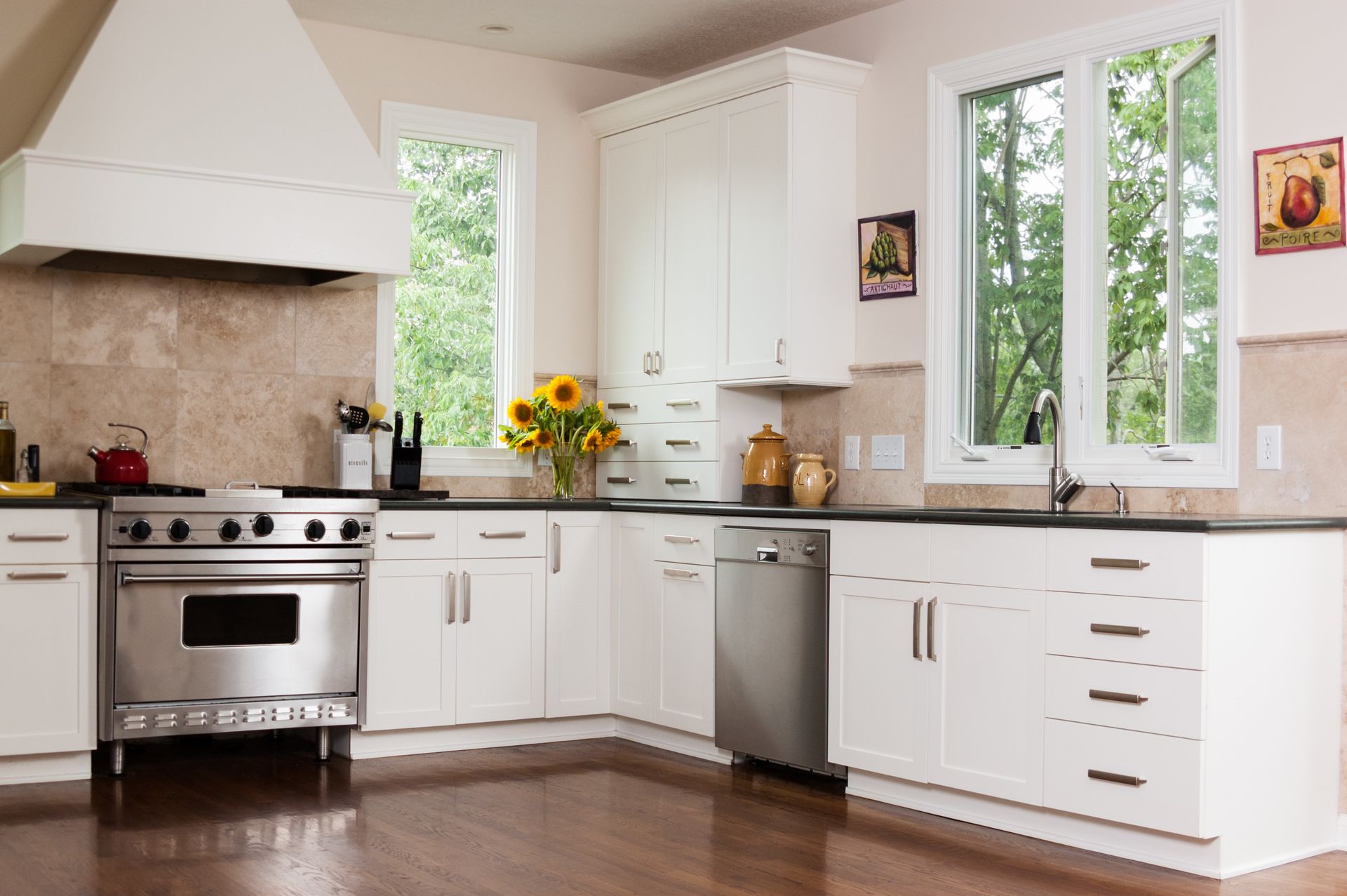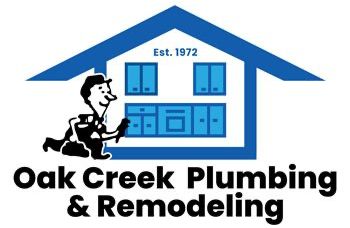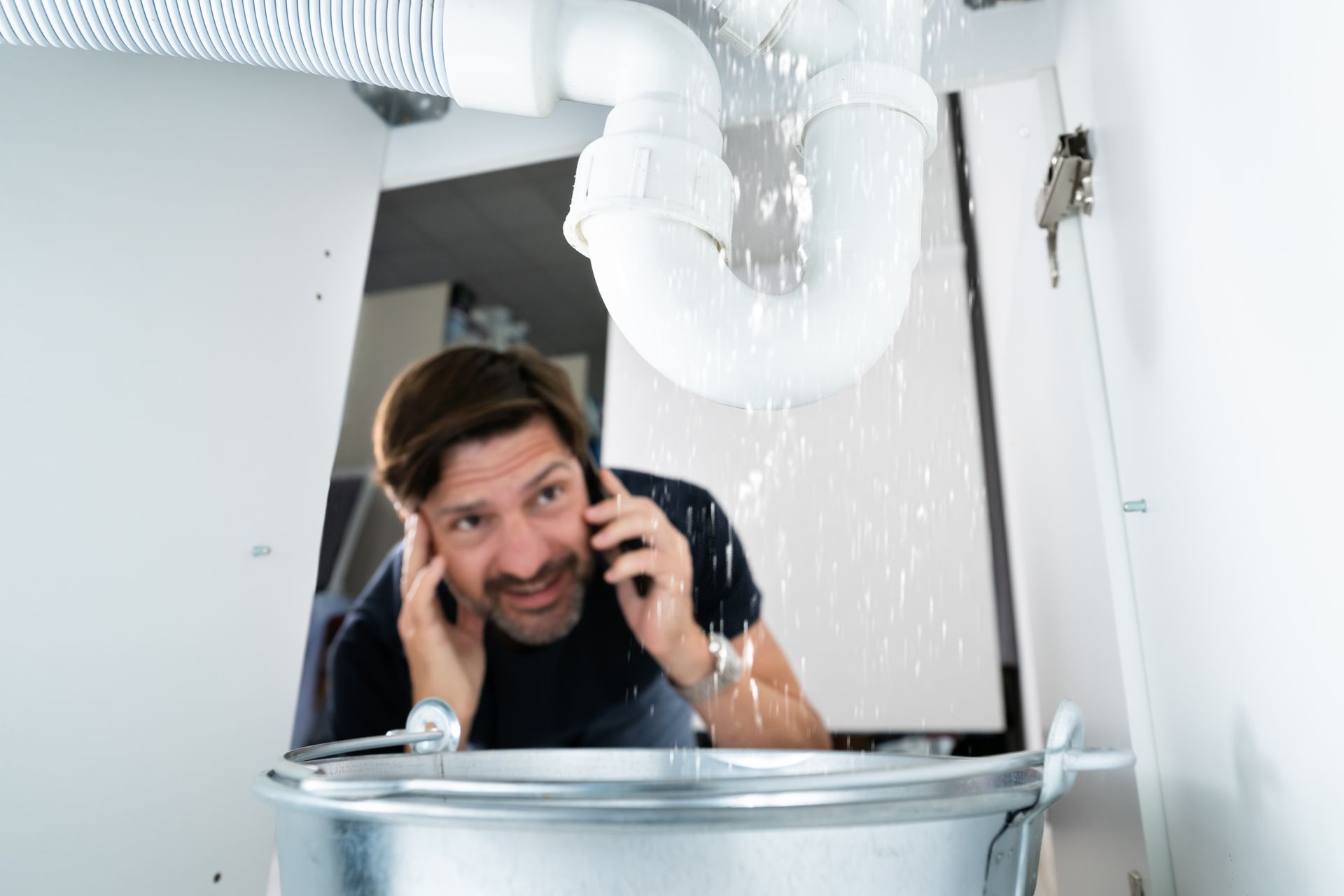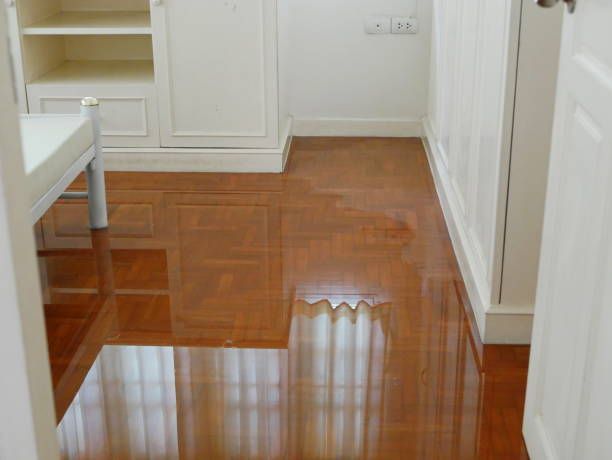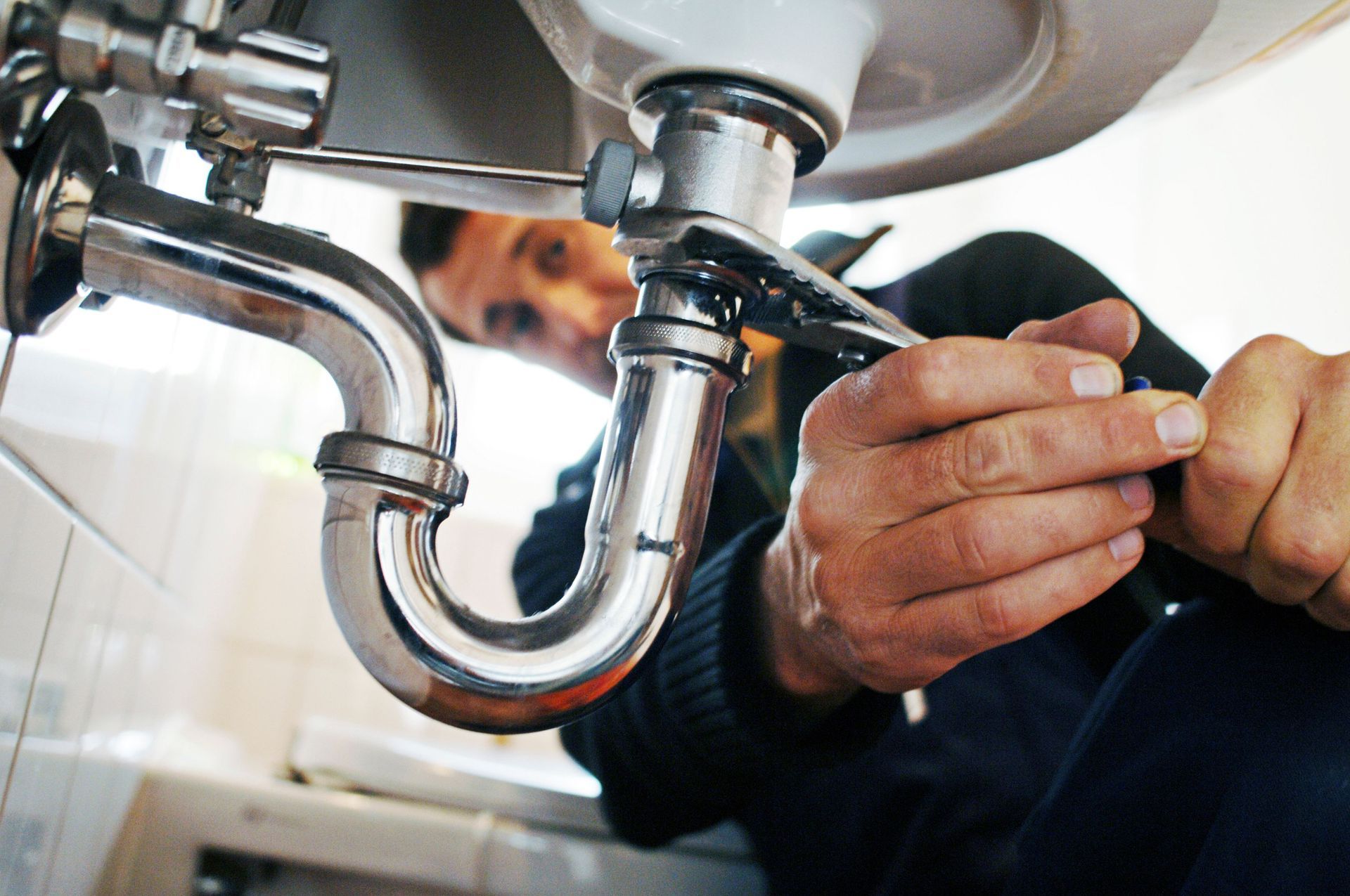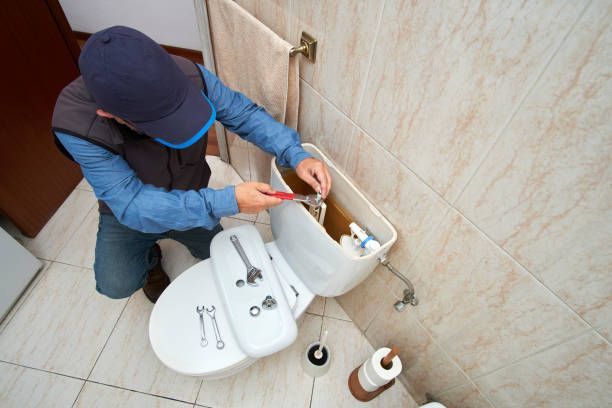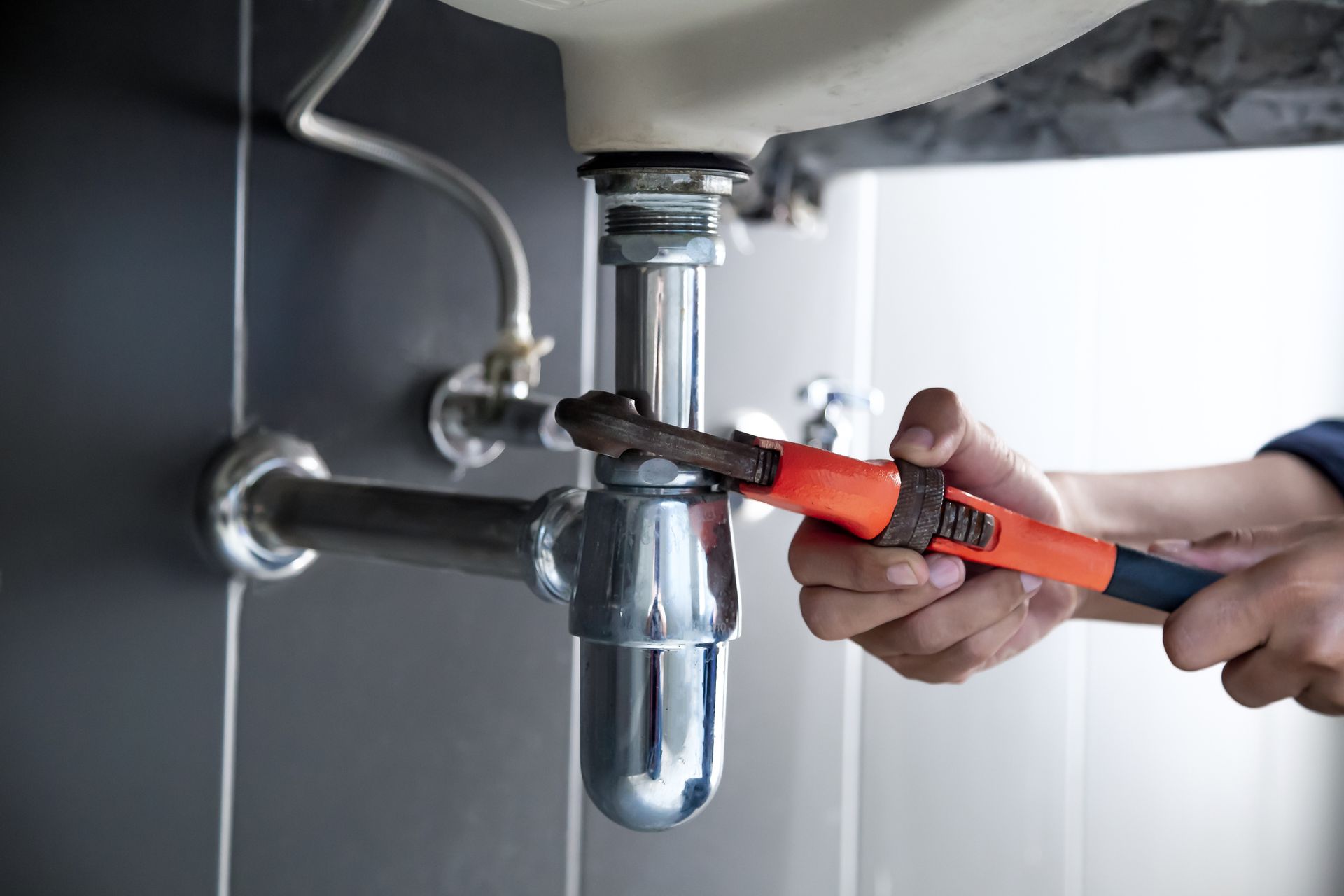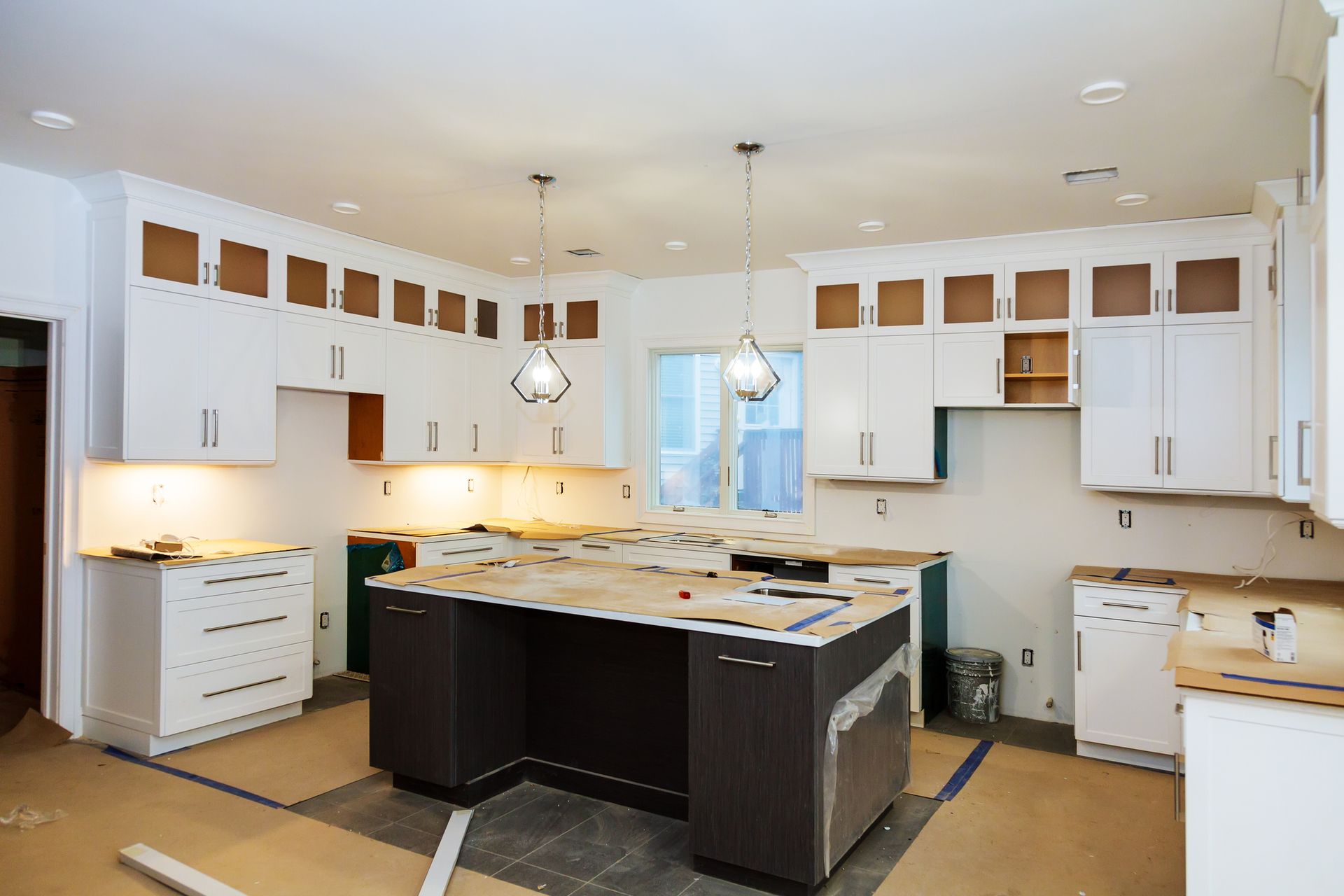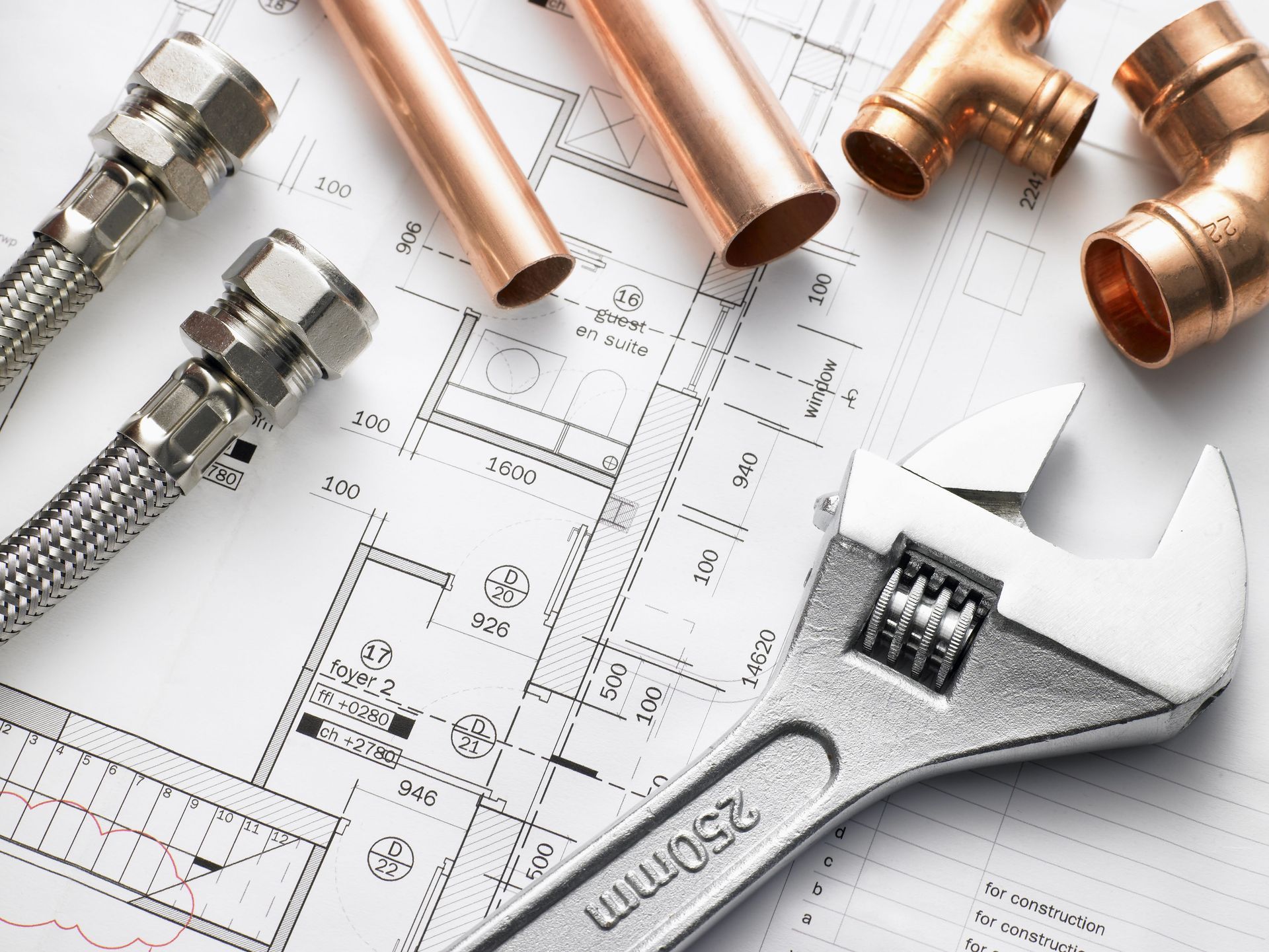4 Reasons You Are Struggling With Low Pressure in Your Shower
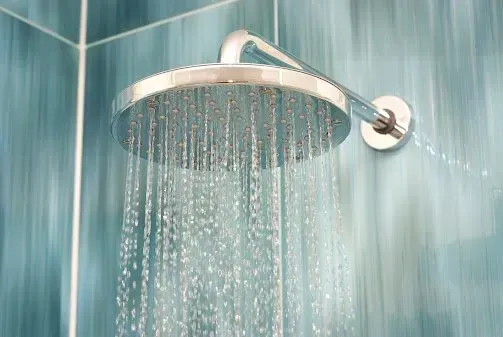
Water pressure is an important part of any shower. It's almost impossible to find anything that compares to a relaxing shower after a long day. Low water pressure in the shower is frustrating — and is often a sign of an underlying problem with your plumbing.
Do not brush off the issue if you endure low water pressure in your shower. It is important to solve the problem as quickly as possible. Get to the root cause of why your shower water pressure is not up to par and evaluate your options.
Below are the most common culprits for low water pressure in your shower.
1. Broken Water Pressure Regulator
A pressure regulator reduces water pressure to recommended levels to prevent your pipes from damage.
Not all homes have a regulator, but it is a common cause of water pressure problems. When the pressure regulator fails, you will notice a drop in water pressure on all fixtures in your home. The water pressure regulator may fail because of short cycling or sediment build-up.
To diagnose whether you have a broken water pressure regulator, listen for hammering sounds inside the bathroom walls. If you think the faulty pressure regulator is the cause of your low-pressure shower, call a plumber for inspection immediately.
2. A Hidden Leak
Hidden leaks are extremely difficult to locate and fix. A leak inside the wall requires professional plumbing because it can result in serious water damage to your home. Leaks have a drastic impact on the water pressure in your plumbing system.
It's often difficult to diagnose a broken pipe behind a wall. Broken pipes will cause a sharp drop in the water pressure from your fixtures in the kitchen or bathroom. Low shower pressure is a surefire symptom of a leaking pipe.
If you suspect a hidden leak is the cause of your low water pressure, call in a professional plumbing team to have a look. A professional will narrow down the source and provide a clear solution.
3. Clogged Showerhead
Over time, your showerhead and the pipes in your home accumulate mineral deposits from hard and soft water. Mineral deposits gradually clog your pipes to form limescale. Limescale is difficult to push through the shower nozzle, reducing your water pressure.
You may not notice the signs of a clogged pipe or showerhead until it's too late. Fortunately, you can unclog your showerhead with some handy products around your home. To begin, unscrew the showerhead. Using an old toothbrush, scrub the inside with a vinegar solution.
A simpler solution is soaking your showerhead in a vinegar solution overnight. The vinegar will break down the lime build-up and leave you with steady water pressure.
4. Water-Saving Showerhead
A low-flow showerhead restricts the amount of water flowing through the showerhead to a steady 2.5 gallons per minute. A water-saving showerhead is great in reducing your heating costs and water wastage.
An old water showerhead, however, may not work as required. An old showerhead can restrict significant water flow, causing a drop in your water pressure. Swap out the old low-flow showerhead for a new model if you struggle to enjoy quality pressure in the shower.
Overall, low water pressure can happen for a variety of reasons. Some situations are easy to identify and fix, while others need expensive solutions like replacement. Regardless, it is often worth calling in a plumber before making a quick decision on replacing your entire shower system.
To maintain excellent water pressure in your shower, you will need to schedule annual plumbing maintenance services.
Contact us today to have a licensed plumber look and fix your plumbing problem for good.
